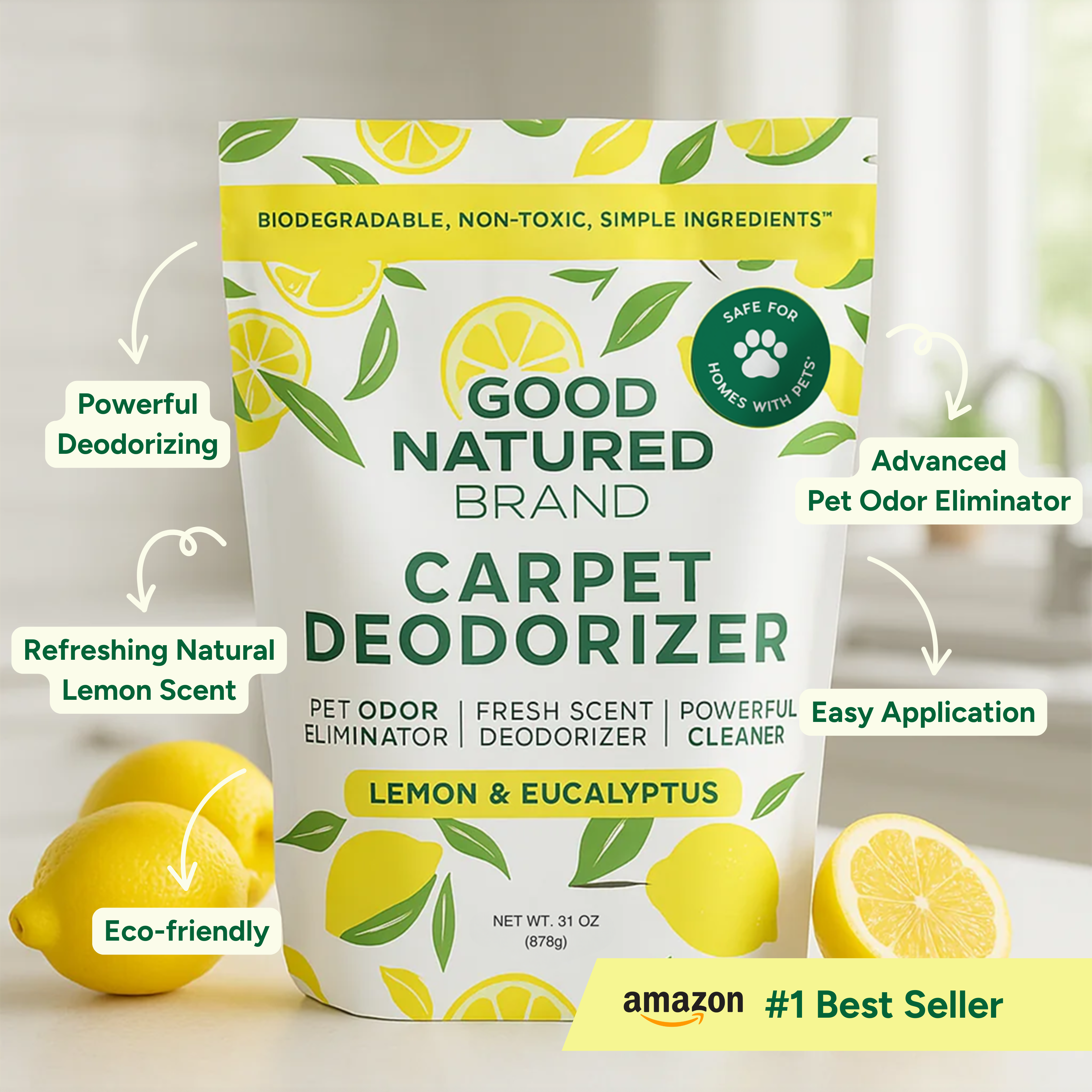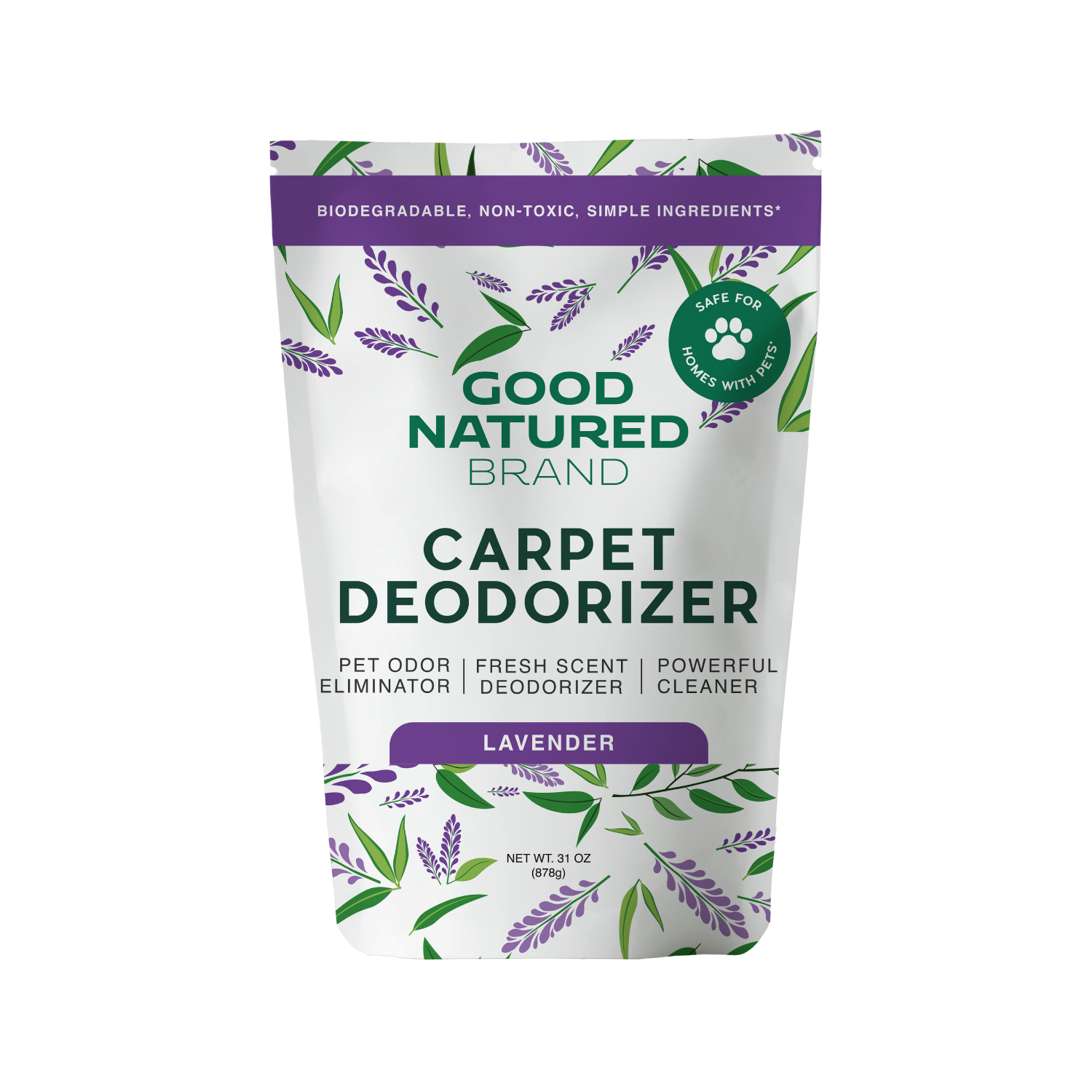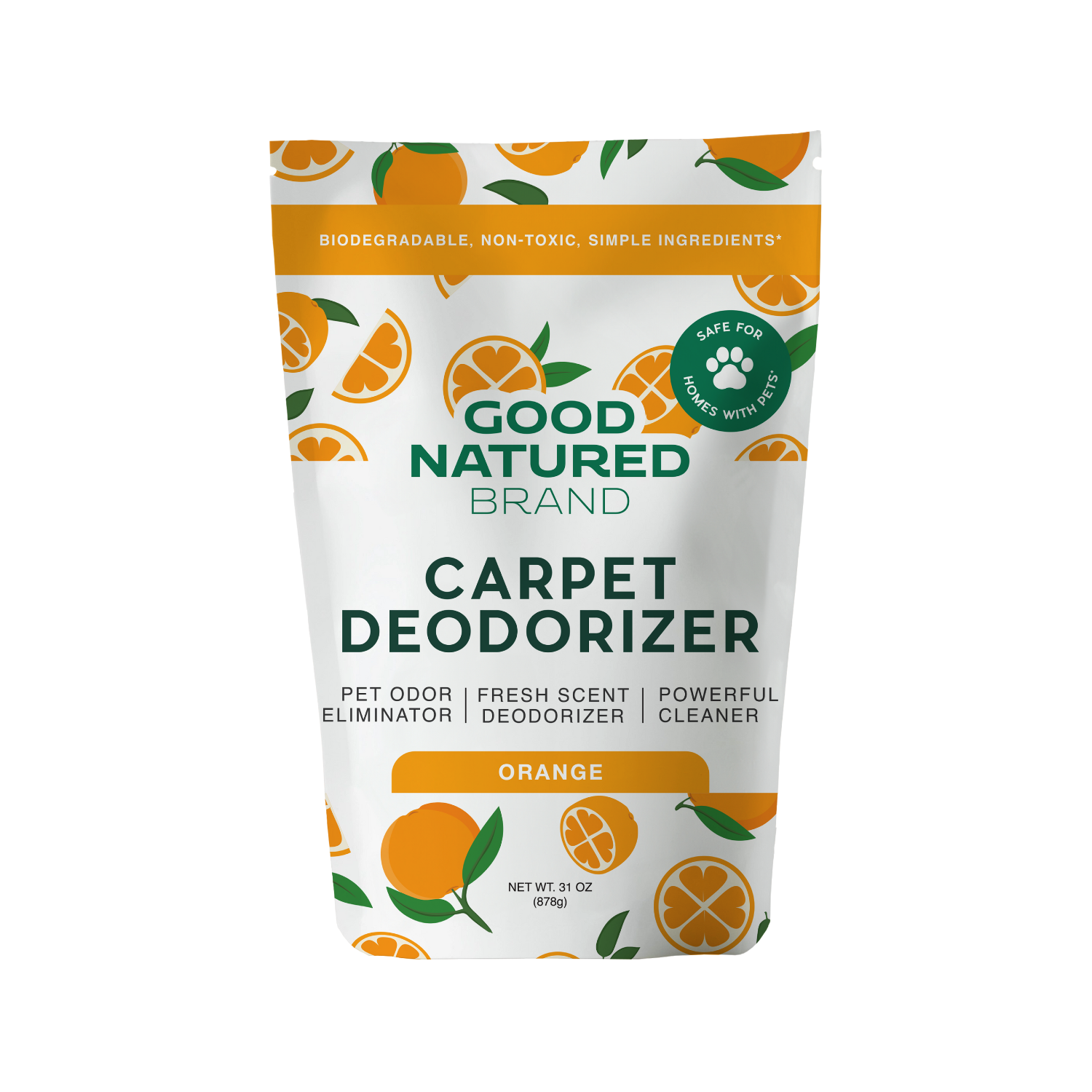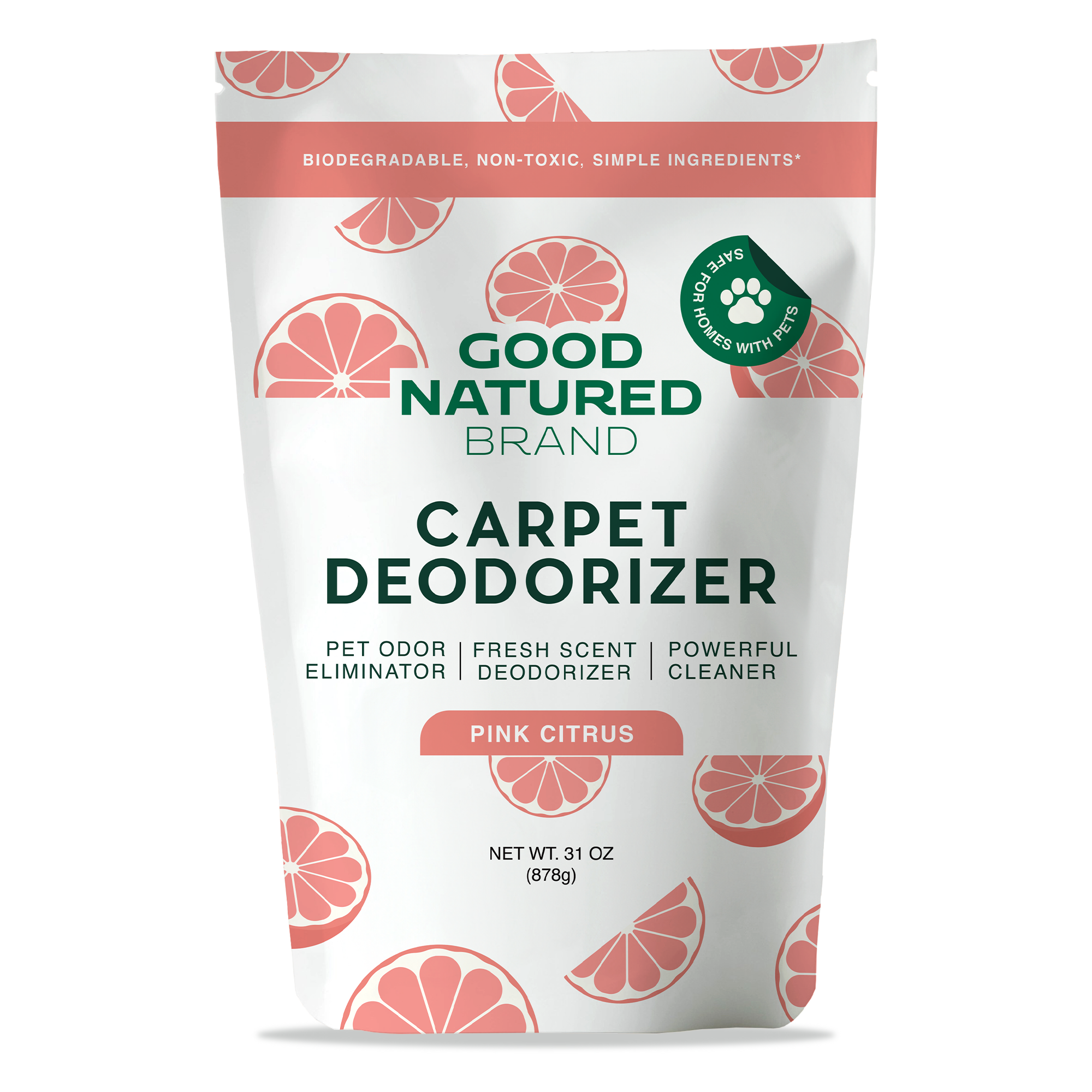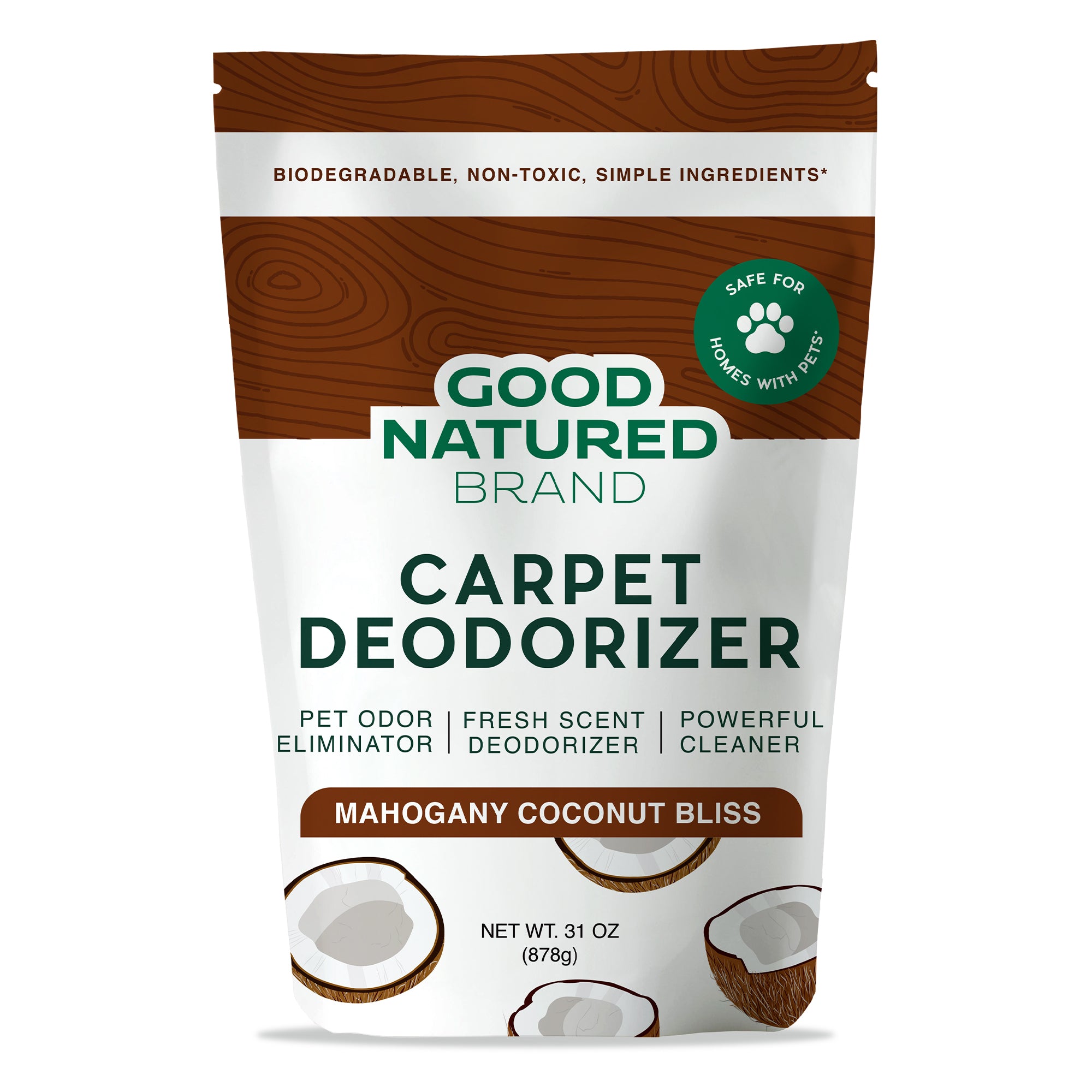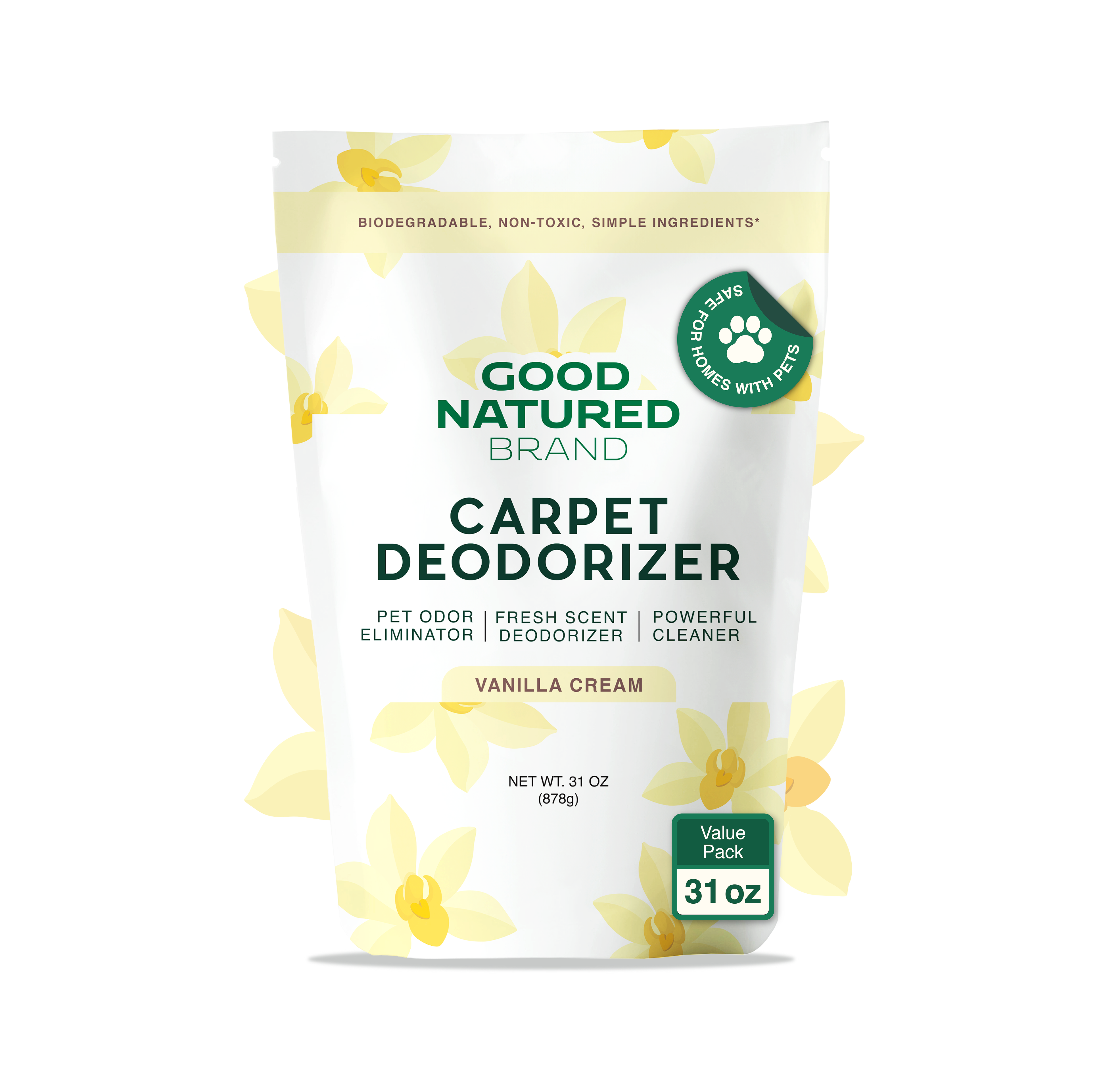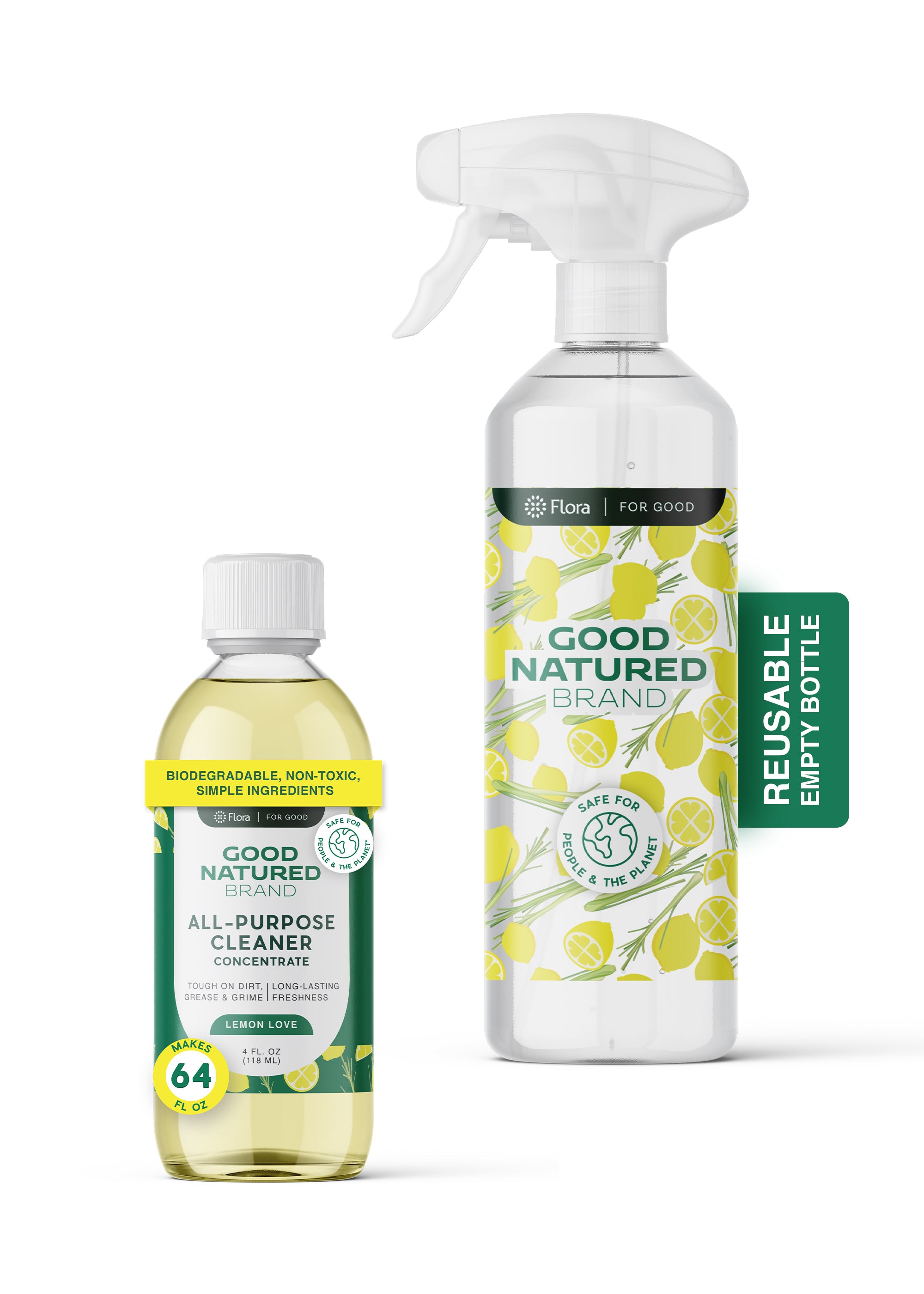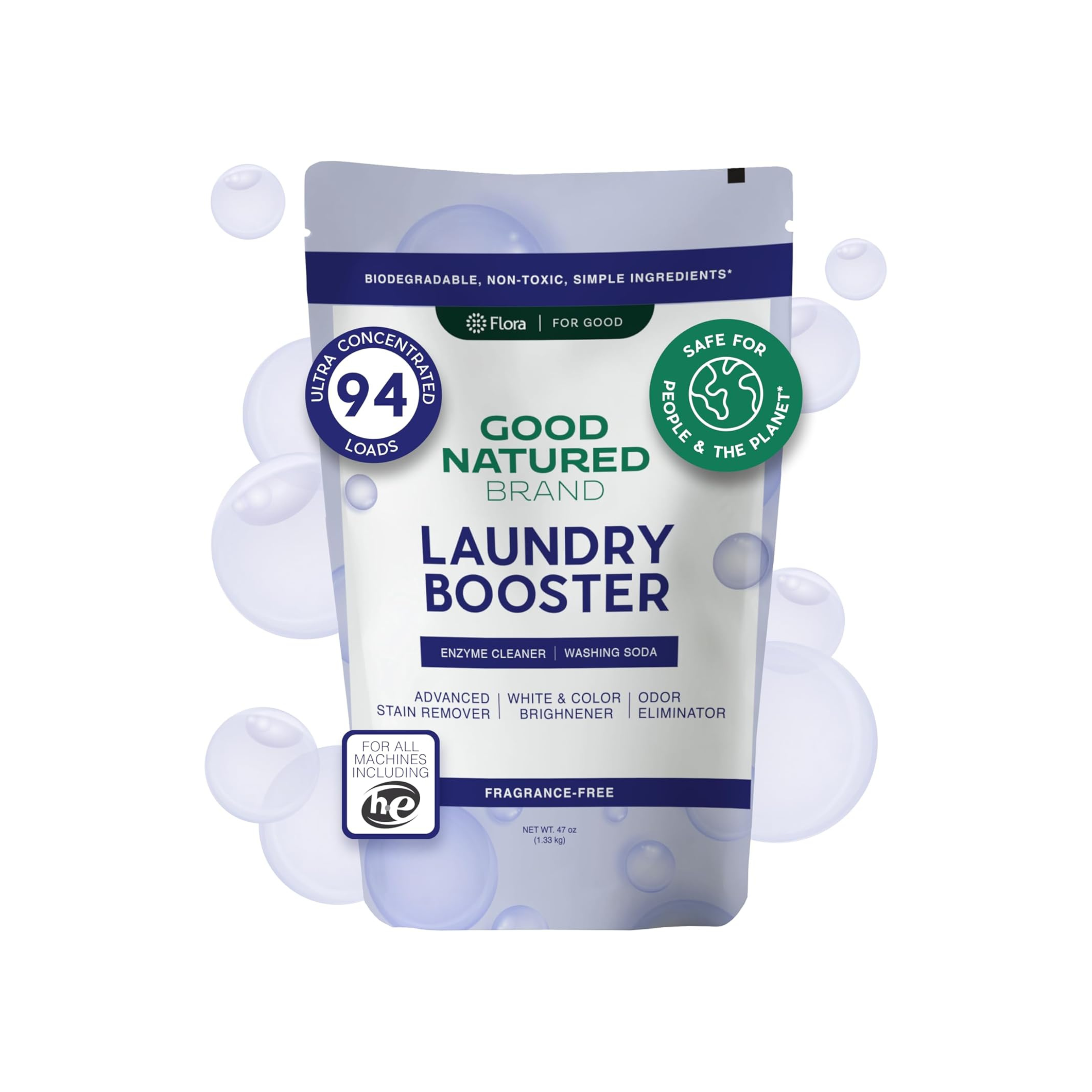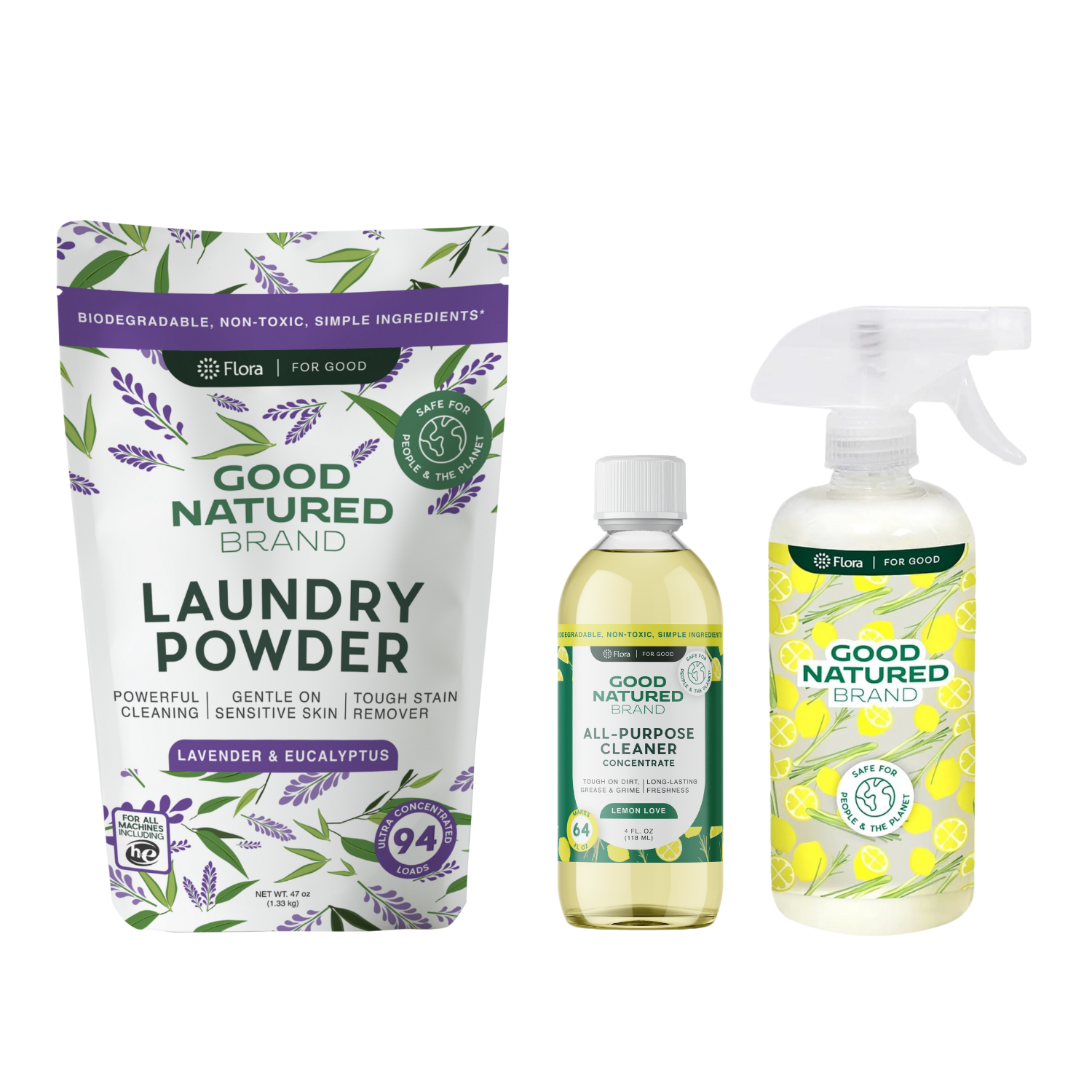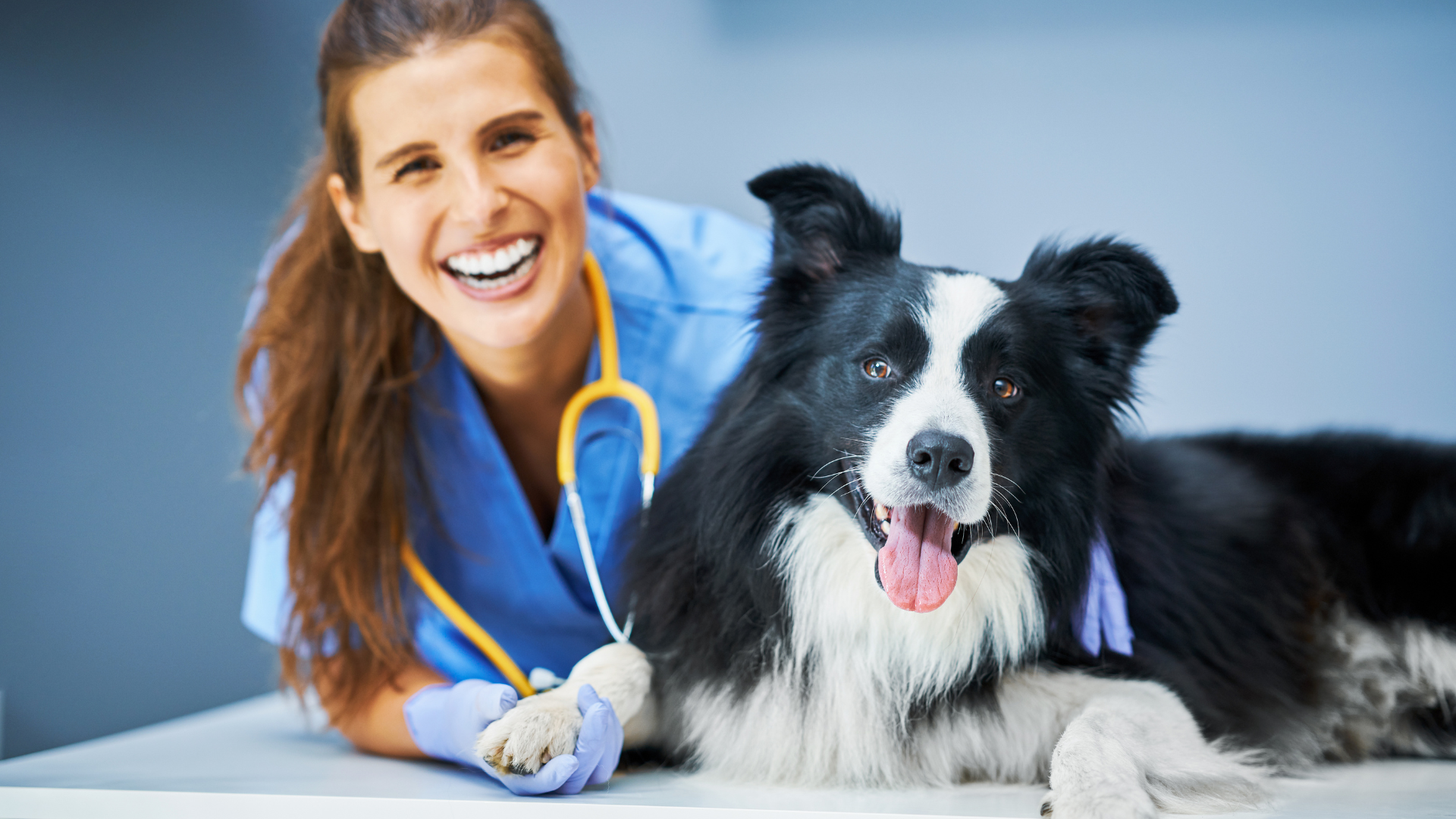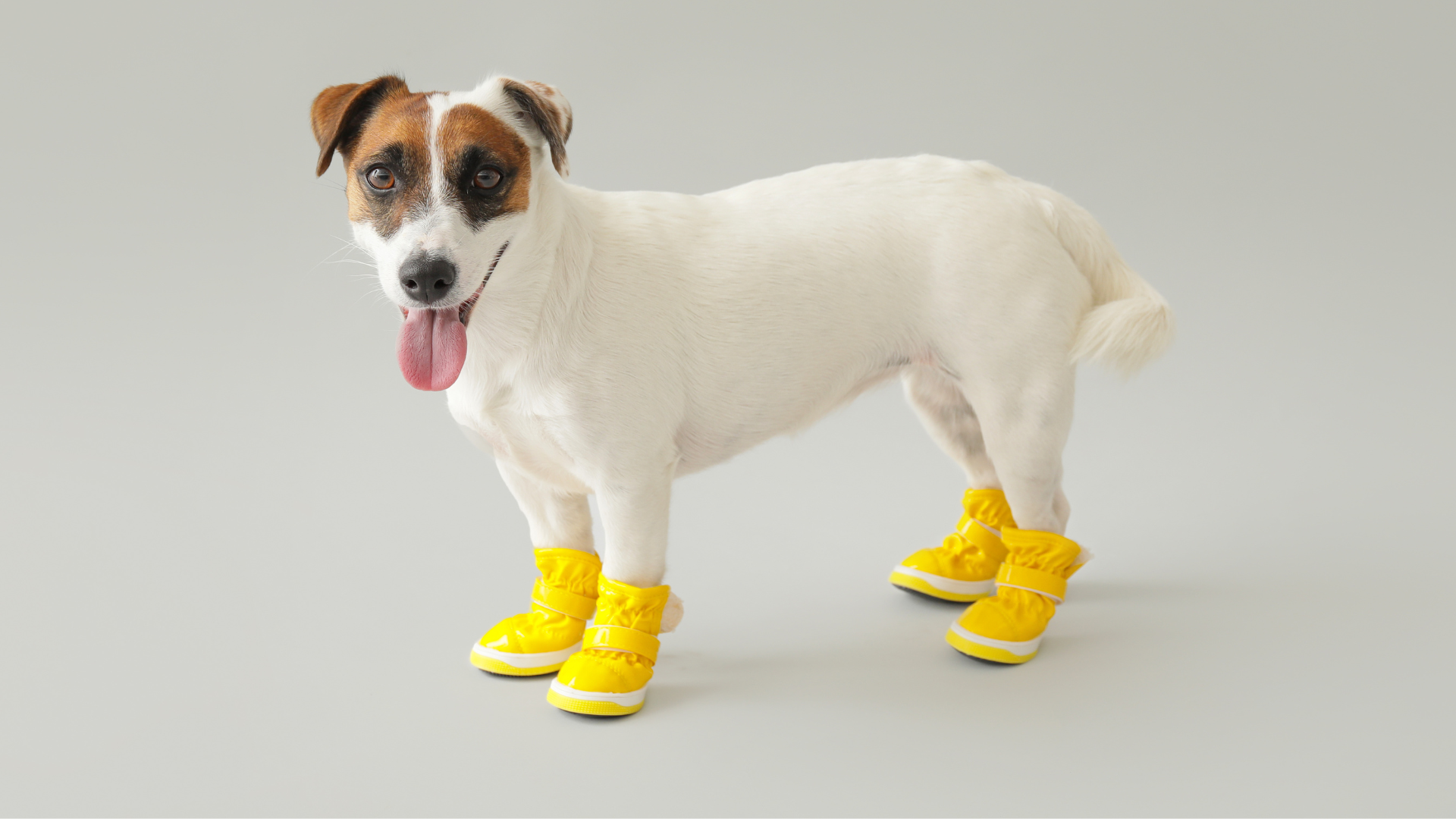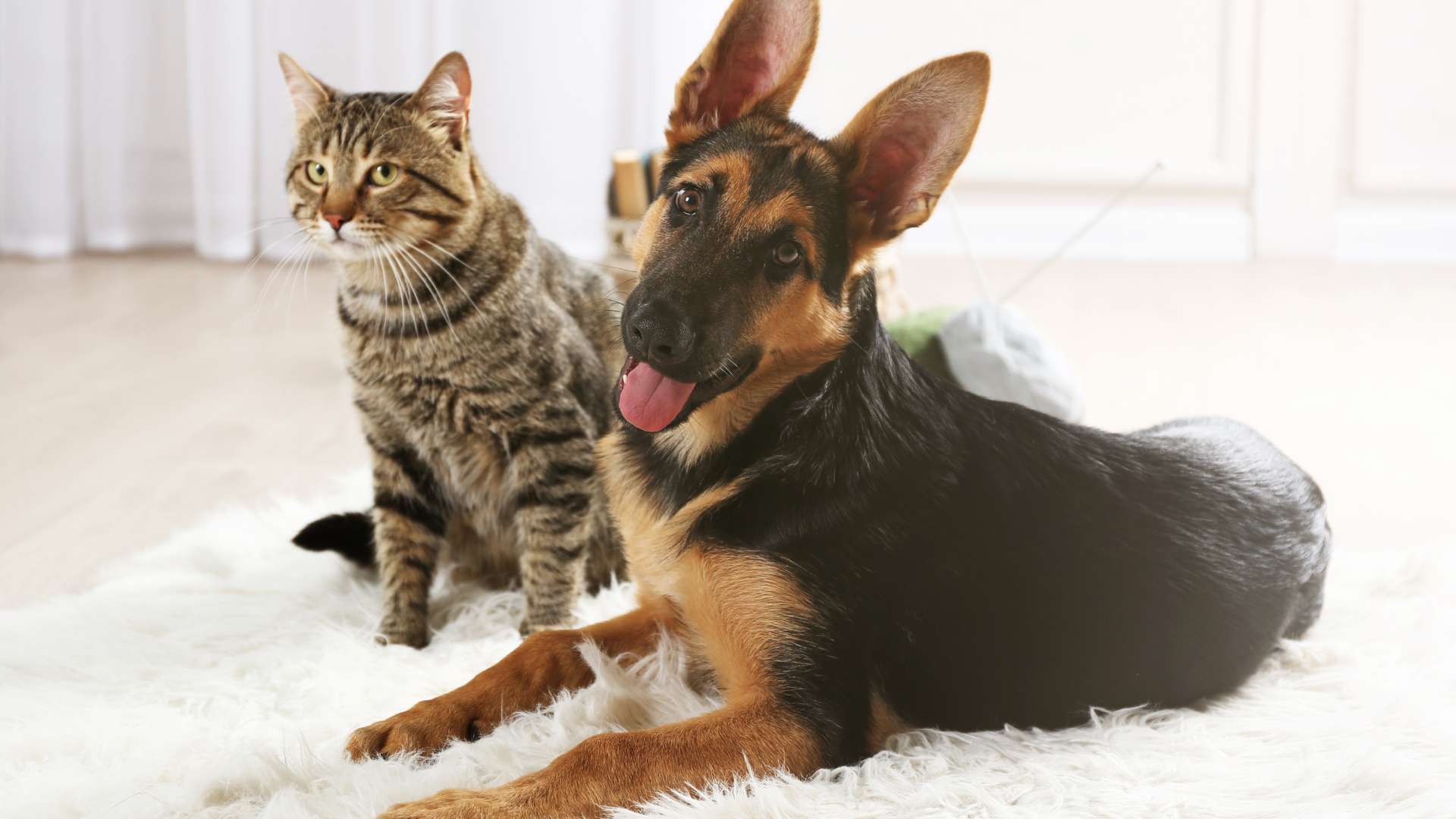Pet parents are often curious about sharing bits of their favorite snacks with their furry companions, and one question that frequently pops up is: can dogs have green olives? While these small, salty fruits might seem harmless, it’s crucial to understand what they contain, how they affect your dog’s health, and whether they are safe to offer as an occasional treat.
This guide will walk you through everything you need to know—covering the nutritional value of green olives, potential health benefits, risks, and expert recommendations. By the end, you’ll know exactly when and how (or if) to let your dog enjoy this Mediterranean snack safely.
What Are Green Olives?
Green olives are the unripe fruits of the Olea europaea tree, harvested before they fully mature into black olives. Naturally bitter when picked, they go through a curing or brining process that removes bitterness and enhances flavor. This curing stage is what gives them their characteristic salty, tangy taste.
Nutritionally, green olives are rich in:
-
Healthy fats (mostly monounsaturated fats, especially oleic acid)
-
Vitamin E, vitamin A, and small amounts of vitamin K
-
Iron, calcium, and copper
-
Polyphenols and antioxidants
These nutrients can benefit humans, but their high sodium content is a primary concern for dogs, whose bodies are more sensitive to excessive salt.
Are Green Olives Safe for Dogs?
In small amounts and under specific conditions, green olives are generally safe for dogs to eat. They are not considered toxic to dogs, unlike foods such as grapes, chocolate, or onions. However, “safe” doesn’t necessarily mean “healthy” or “recommended.”
While the nutrients in olives—especially healthy fats and antioxidants—can provide minor health benefits, the sodium, preservatives, and added ingredients in most store-bought olives make them far from ideal dog treats. Dogs that consume too much sodium are at risk of dehydration, electrolyte imbalance, and even sodium ion poisoning in severe cases.
Therefore, if you choose to offer green olives to your dog, it should be plain, unsalted, and only occasionally.
Health Benefits of Green Olives for Dogs (In Moderation)
While green olives are not a superfood for dogs, a small amount can offer a few minor benefits:
Healthy Fats for Skin and Coat
Green olives contain monounsaturated fats that can help support healthy skin and a shiny coat. These fats may also contribute to cardiovascular health in moderation.
Antioxidant Properties
Green olives are rich in polyphenols, which are antioxidants known to reduce oxidative stress in the body. This can help reduce inflammation and support the immune system.
Trace Vitamins and Minerals
Green olives offer small amounts of vitamin E (which supports cell health), iron (for red blood cell production), and copper (for metabolic functions). While these nutrients are beneficial, they are present in such small quantities that they should not be relied on as a nutritional source for your dog.
Risks of Feeding Green Olives to Dogs
Despite the potential upsides, green olives come with several significant risks that every pet parent should consider:
High Sodium Content
Most commercially prepared green olives are cured in salty brine, which dramatically raises their sodium content. Dogs are highly sensitive to excess salt, and too much can cause:
-
Vomiting
-
Diarrhea
-
Excessive thirst
-
Increased urination
-
In severe cases, sodium ion poisoning
Choking Hazard from Olive Pits
Olive pits are a major choking hazard, especially for small dogs. They can also crack teeth or cause intestinal blockages if swallowed. Always ensure the olive is pitted before offering it to your dog.
Preservatives and Additives
Many green olives are sold stuffed with garlic, onions, cheese, or pimentos. Ingredients like garlic and onions are toxic to dogs, and rich cheeses can cause digestive issues or contribute to pancreatitis in sensitive dogs. Always avoid flavored or stuffed olives.
Digestive Upset
Even plain, pitted olives can cause mild stomach upset if your dog is not used to eating them. This can include gas, loose stools, or vomiting.
Can Puppies Have Green Olives?
Puppies have far more sensitive digestive systems than adult dogs, and their nutritional needs are very specific during growth. Because of this, it is best to avoid giving green olives to puppies entirely.
Puppies are also more likely to choke on small, slippery foods like olives. Instead, offer puppy-safe treats specifically formulated for their age and size.
How Many Green Olives Can Dogs Eat?
If your veterinarian has approved giving your dog green olives, they should be offered as an occasional treat only and in tiny portions. Here’s a general guideline:
-
Small dogs: ½ to 1 olive occasionally
-
Medium dogs: 1 to 2 olives occasionally
-
Large dogs: 2 to 3 olives occasionally
Keep in mind:
-
Do not offer them daily. Reserve them for rare, special treats.
-
Always use plain, unsalted, and pitted olives.
-
Monitor your dog for any negative reactions (vomiting, diarrhea, lethargy, or excessive thirst).
If any of these signs appear, stop giving olives and consult your vet.
A Quick Note on Cleanliness When Feeding Snacks
If your dog drops food while snacking, it can sometimes leave greasy or salty residues on carpets, rugs, and furniture. Regular cleaning is key to maintaining a pet-friendly home environment. You can sprinkle Carpet Deodorizers to neutralize lingering pet odors, wash pet blankets and beds with Laundry Powders to keep them fresh, and wipe up any food spills from floors and counters using All-Purpose Cleaners. This ensures your space stays clean while you safely explore new treats for your furry friend.
How to Safely Feed Green Olives to Dogs
If you’ve decided—with your veterinarian’s approval—that your dog can have the occasional green olives treat, it’s crucial to serve them safely to minimize any health risks. Green olives can be slippery, salty, and contain pits, all of which can pose hazards if not prepared correctly.
Here are the essential steps to follow:
-
Choose plain, unseasoned olives: Avoid olives that are stuffed, marinated, or seasoned with garlic, onions, or spices. These additives can be harmful or even toxic to dogs.
-
Select low-sodium or no-salt-added varieties: This reduces the risk of sodium-related health issues.
-
Remove the pits: Pits are a major choking hazard and can cause tooth fractures or intestinal blockages. Always serve pitted olives only.
-
Rinse before serving: Even low-sodium olives may be packed in brine. Rinse them thoroughly in water to remove excess salt.
-
Serve in very small pieces: Slice or chop the olives into small bits to reduce the risk of choking and to control portion size.
By following these steps, you can make green olives much safer for your dog to enjoy occasionally as a special treat.
Signs Your Dog May Be Reacting Badly to Green Olives
Even when offered carefully, some dogs may not tolerate green olives well. It’s important to watch for early warning signs of adverse reactions after your dog eats an olive.
Common signs of a negative reaction include:
-
Vomiting or nausea
-
Diarrhea or loose stools
-
Lethargy or weakness
-
Excessive drooling
-
Increased thirst or urination
-
Itching or skin irritation (rare but possible allergic reaction)
If you notice any of these symptoms, stop feeding olives immediately and consult your veterinarian. For dogs with sensitive stomachs or known food allergies, it’s generally safer to avoid olives altogether.
Alternatives to Green Olives for Dogs
While green olives can be safe in moderation, there are healthier and more nutritious alternatives that dogs tend to enjoy even more. These foods are lower in sodium and offer natural vitamins, fiber, and hydration.
Great dog-safe alternatives include:
-
Carrots: Crunchy, low-calorie, and great for dental health
-
Blueberries: Antioxidant-rich and full of fiber
-
Apple slices (without seeds): Hydrating and sweet
-
Pumpkin: Gentle on the stomach and good for digestion
-
Cucumber: Refreshing and hydrating on hot days
You can also make homemade dog treats using ingredients like oats, bananas, and peanut butter for a healthy and fun alternative. These options are far safer than high-sodium olives and provide better overall nutrition for your pet.
What to Do If Your Dog Accidentally Ate a Lot of Green Olives
Accidents happen—sometimes curious pups find their way into the snack bowl. If your dog eats a large number of green olives, act quickly but calmly.
Here’s what to do:
-
Assess how many olives were eaten and whether they were pitted or stuffed with anything potentially toxic (like garlic or onions).
-
Watch for signs of salt poisoning or digestive distress: vomiting, diarrhea, tremors, excessive thirst, or lethargy.
-
Contact your veterinarian immediately. If your vet is unavailable, call an emergency animal hospital or the ASPCA Animal Poison Control Center for guidance.
-
Do not attempt to induce vomiting unless specifically instructed by a veterinarian.
Prompt action is vital, especially if your dog is small or has existing health conditions that make them more vulnerable to sodium overload or choking hazards.
FAQs About Dogs and Green Olives
Can dogs eat black olives?
Yes, black olives are generally safer than green olives because they contain less sodium. However, they still need to be plain, pitted, and given in moderation.
Are Olea europaea leaves or olive oil safe for dogs?
Olive leaves are not recommended, as they can be hard to digest. Olive oil can be safe in tiny amounts and is often used to promote a healthy coat, but always consult your vet before adding it to your dog’s diet.
Can dogs eat olive tapenade or olive salad?
No, these contain seasonings, garlic, onions, and other additives that can be toxic to dogs.
Are canned green olives safe for dogs?
Most canned olives are high in sodium and contain preservatives. It’s best to avoid them and only offer fresh, unsalted, pitted olives on rare occasions.
Maintaining a Clean and Healthy Home When Feeding Snacks
When offering any snacks—including green olives—dogs can sometimes leave behind crumbs, grease spots, or odors on floors and furniture. Keeping your home clean not only protects surfaces but also helps maintain a safe environment for your pet.
-
Sprinkle Carpet Deodorizers to eliminate lingering odors from pet messes or food spills on rugs.
-
Regularly wash your dog’s blankets, beds, and towels with Laundry Powders to keep them smelling fresh and free from bacteria.
-
Wipe down food prep areas, counters, and feeding spaces with All-Purpose Cleaners to remove residue from oily treats like olives.
A clean home supports your pet’s health just as much as a balanced diet does.
More Helpful Resources for Pet Parents
Feeding dogs human foods always comes with questions—and it’s great that you’re doing your research before sharing. For more guidance on pet-safe treats, home care, and eco-friendly cleaning essentials, visit the Good Natured Brand website or explore helpful articles on the Good Natured Brand Blog.
You’ll find plenty of tips to make life with pets cleaner, safer, and more joyful.
Should Dogs Eat Green Olives?
So, can dogs have green olives? Yes—but only occasionally, in very small amounts, and prepared safely. While they contain healthy fats and antioxidants, their high sodium content and choking hazards make them less than ideal as a regular treat.
If you want to give your dog an olive, always make sure it’s plain, unsalted, pitted, and sliced—and only offer it once in a while. When in doubt, check with your veterinarian before introducing new human foods to your dog’s diet.
With the right approach, you can satisfy your dog’s curiosity safely—without compromising their health or the cleanliness of your home.
